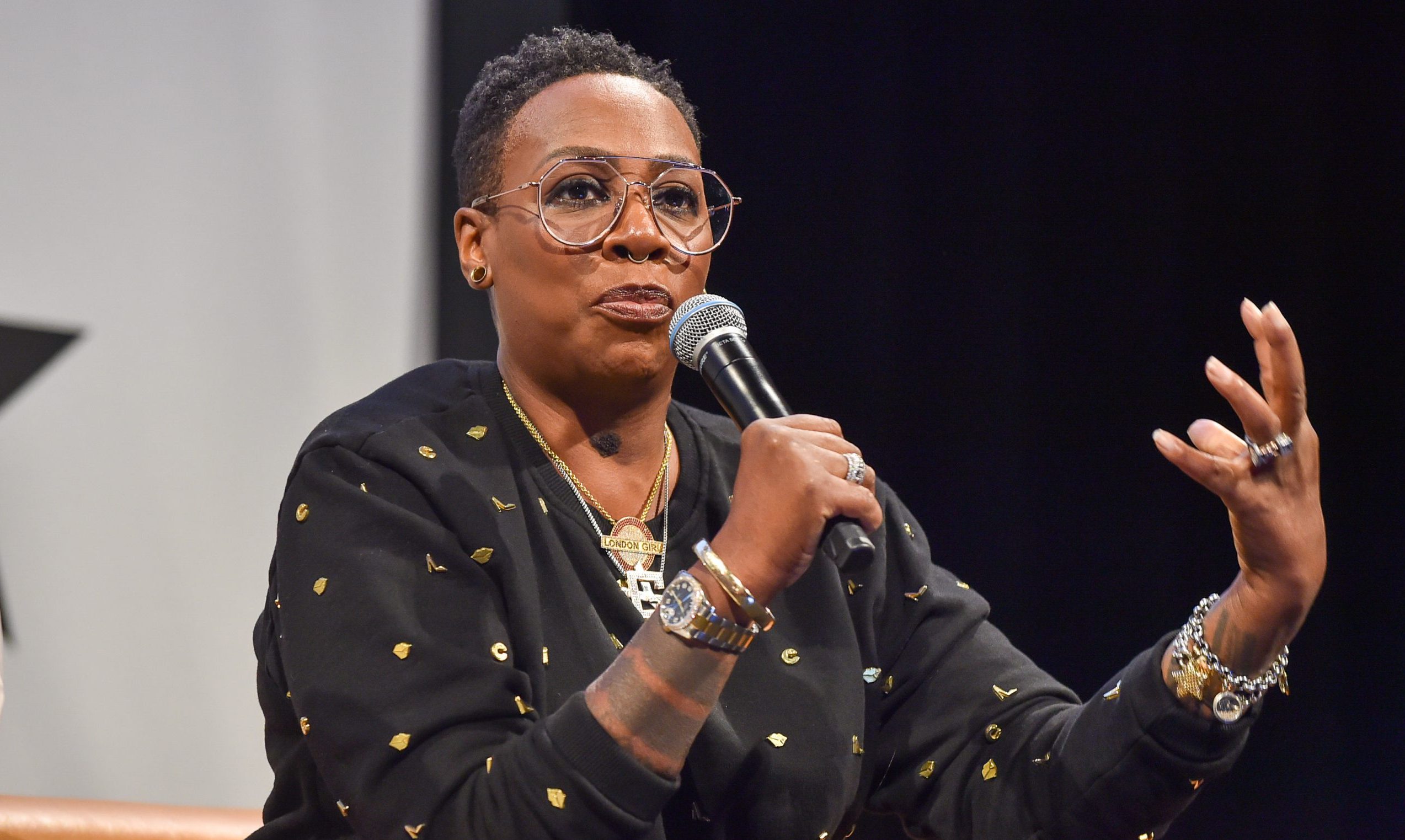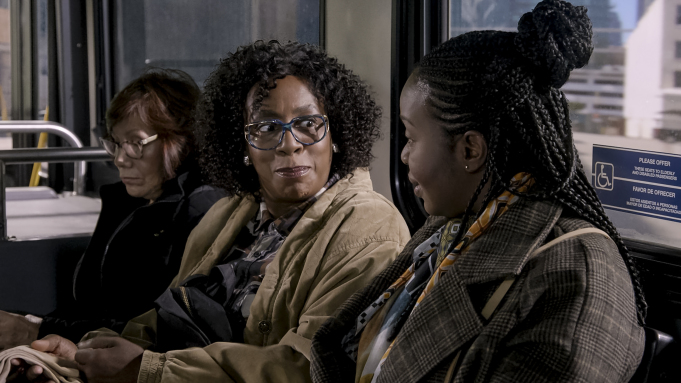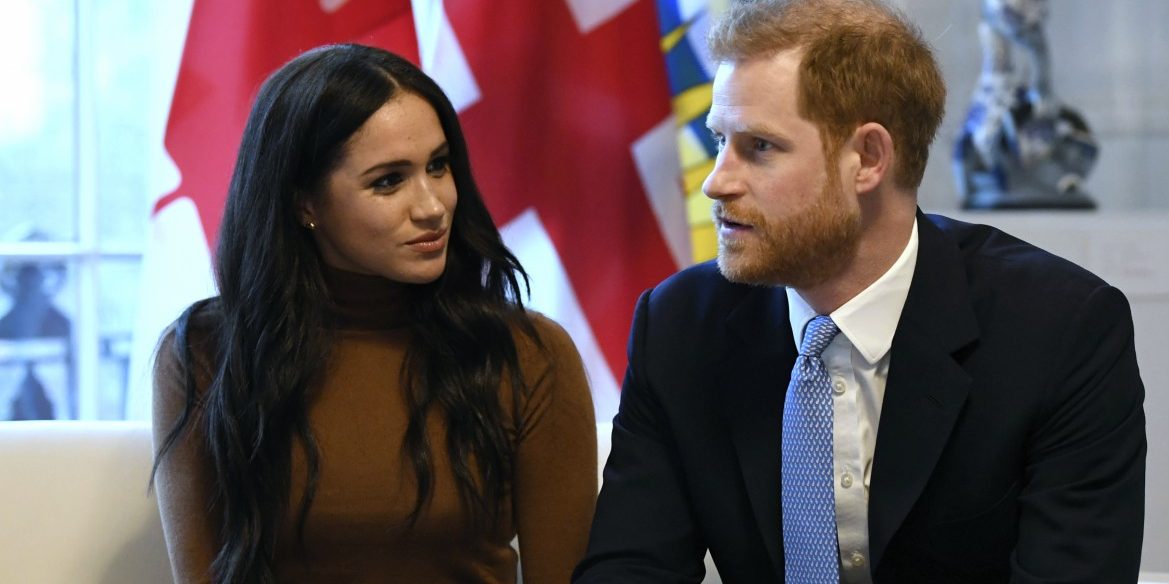
What we put into our bodies matters. That realization, paired with a love for entrepreneurship, is what led Brian Mays to create a holistic lifestyle brand focused on building community and moving the culture forward, Smile Natural Products (Smile).
In 2017, Mays launched the company after becoming a vegan and not being able to find clean plant-based oral hygiene products. And in January, he opened the doors to the Smile Space, a retail concept store and community space headquartered in downtown Los Angeles. At the Smile Space, you’ll find everything from minority-owned brands, to community workshops, to pop-ups and other events. Additionally, Smile provides sustainable, organic product options across body, skincare, oral hygiene, and home essentials. A portion of every sale goes toward community initiatives.
We spoke with Mays about his journey and passion for wellness, community, and entrepreneurship.
Smile Natural Products

(Image: Smile Natural Products)
Tell us more about Smile Natural Products and where the idea came from?
I started Smile Natural Products in the beginning stages of my vegan journey after finding it very difficult to find plant-based hygiene products. Trying to live a vegan lifestyle, and being the nerd I am, I researched almost every ingredient in the products I used only to find many of the products I was using had animal byproducts hidden behind chemical compounds. And, the products that were plant-based still contained many toxic ingredients. At first, my main focus was on toothpaste being shocked to learn that most major toothpaste brands weren’t free of animal products and many also contained fluoride and warning labels. Prior to launching Smile, I was making my own toothpaste for personal use having researched which natural ingredients were most beneficial to oral health. After getting feedback from friends, I launched the brand with a product everyone needs, toothpaste. Around the time of incorporating my brand, I was reading about some of the Black Panthers programs and I was inspired by their free breakfast program to incorporate reinvesting profits into community initiatives.
What is the process for formulating organic products?
My process for developing products first starts with understanding what benefits consumers are looking to get from their hygiene products. From there we research clean, environmentally friendly and vegan ingredients to achieve the desired benefits. Next, we must understand how these ingredients interact with each other structurally and organically, and once we have our desired minimum viable product we begin testing. We test for shelf life, temperature tolerance, and get feedback from small groups based on their feedback in comparison to similar products. From there we go back to our recipes and make any necessary adjustments.
The Smile Space
You recently opened the doors of the Smile Space! Tell us more about how you were able to scale your online business and open the doors; securing the space; and your vision for the Smile Space.
While it was always a long-term goal to have a storefront, we stumbled upon the space by accident. While looking for a coffee shop with Wi-Fi in the downtown area to do some work I stumbled across a vegan, sustainable coffee shop called Earth Bean Coffee.
While enjoying my latte, I took a walk around the business complex and noticed a few vacancies. After getting the property owner’s number from the coffee shop, I moved into the coffee shop about a month later and began building the space out myself over the next few months. After painting and building all the product displays by hand we were ready for a soft opening with a handful of friends. In February we had our grand opening with a DJ, vegan snacks, and craft cocktails for our shoppers. We are currently still experimenting with the best way to utilize the space between renting our space for private events outside of store hours and facilitating community events and workshops. After we find the perfect balance of monetization and community utility, we plan to franchise the Smile Space concept regionally and then nationally.
Lessons Learned
Ebbs and flows are natural in business. Have you faced any challenges growing your business? If so, how were you able to find unique ways to overcome them?
Growing a business involves constant challenges. The most difficult aspect of responding to these challenges is often determining when to stay the course or being objective about when it is time to pivot. For instance, about a year into the business I reached the point where I was physically at my bandwidth between working a full-time job and managing most of the administrative and operational aspects of the business and unsure how to proceed to continue to grow. After getting some advice from some mentors and studying some of my business role models, it became apparent I had to sacrifice some of the company profits short term to be able to grow long term. The personal sacrifices I had to make to afford an employee paid off significantly and after getting them up to speed I was able to expand sales for an increased net revenue. Also, when we first opened the space, it was challenging to get the word out about the space so we went to the people and started vending at any vegan-focused or black-owned business event we could to drive traffic back to the store and increase our attendance at our workshops and events.
What are some of the business lessons you’ve learned so far along your journey?
One of the most valuable lessons I’ve learned in business thus far is to be adaptable. Markets change, consumer preferences change, competitors change so you have to be forward-thinking in your approach to protect your business model and set quantitative measures to remove the emotion out of when it’s time to make some changes. Also, you have to understand that you can’t be an expert in everything nor should you try to be. Time spent to learn new skills takes away from time spent executing tasks you are an expert in; if time is money you have to understand in some cases while thinking you’re saving by not paying an expert you’re losing “money” by not having tasks done right and also the time it takes to redo them the right way.
Mays’ advice to other entrepreneurs is to focus on what is important early on in their business.
from Black Enterprise https://ift.tt/2K1viUv
via









